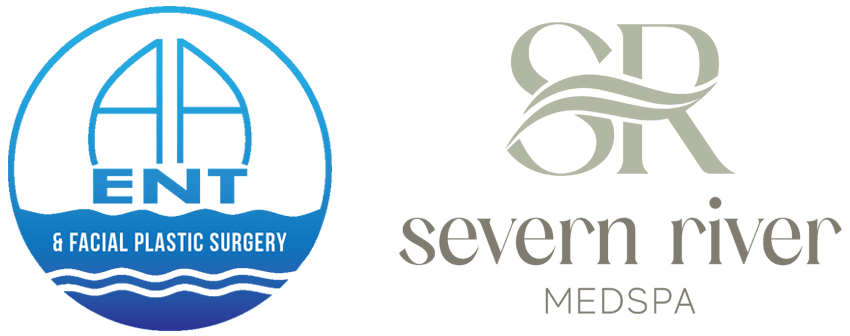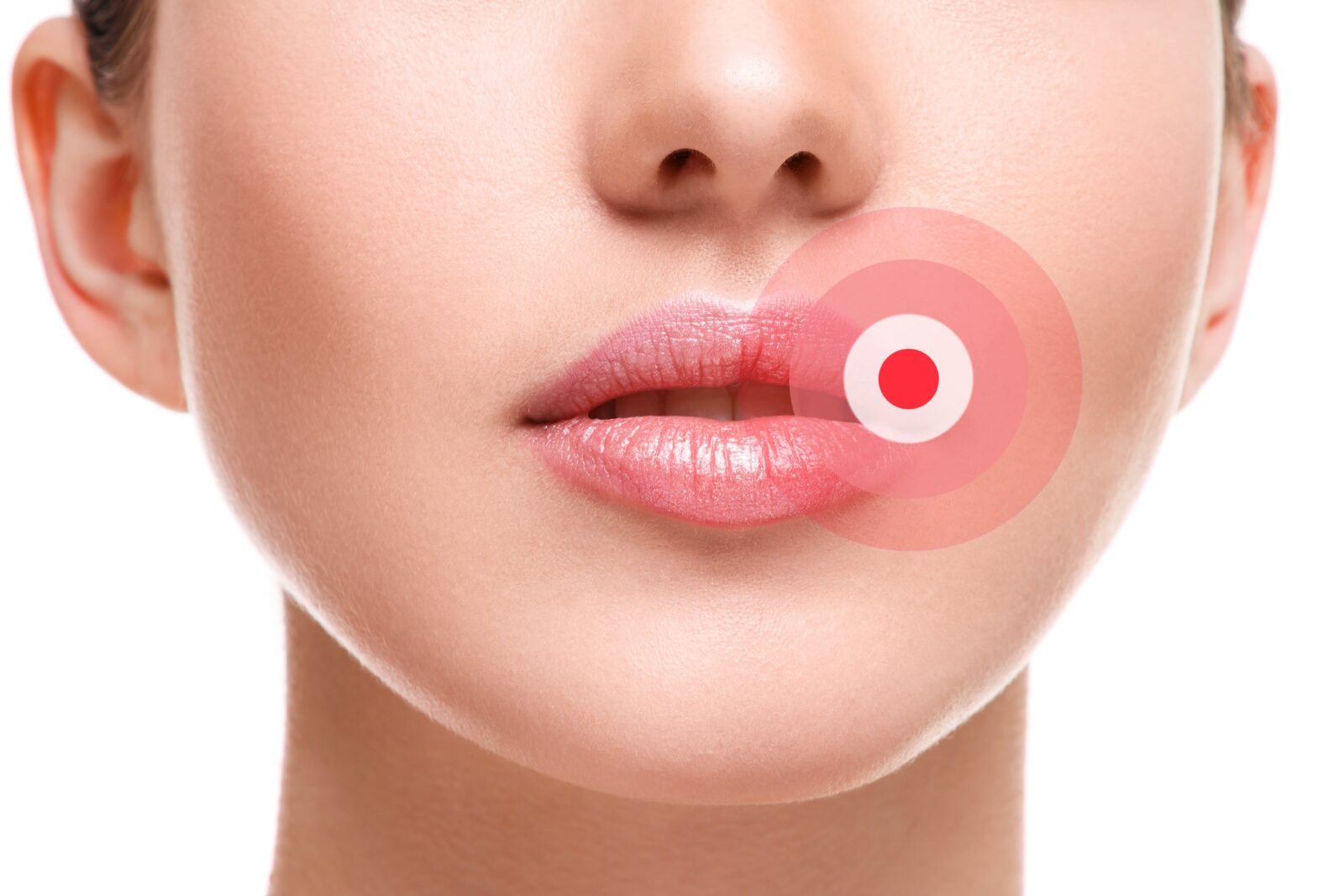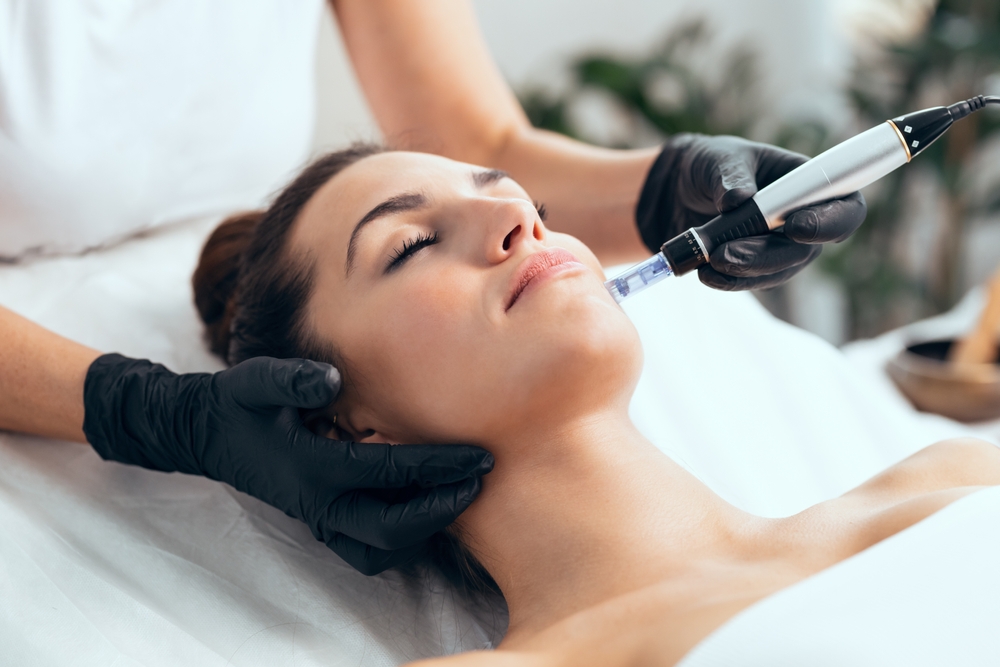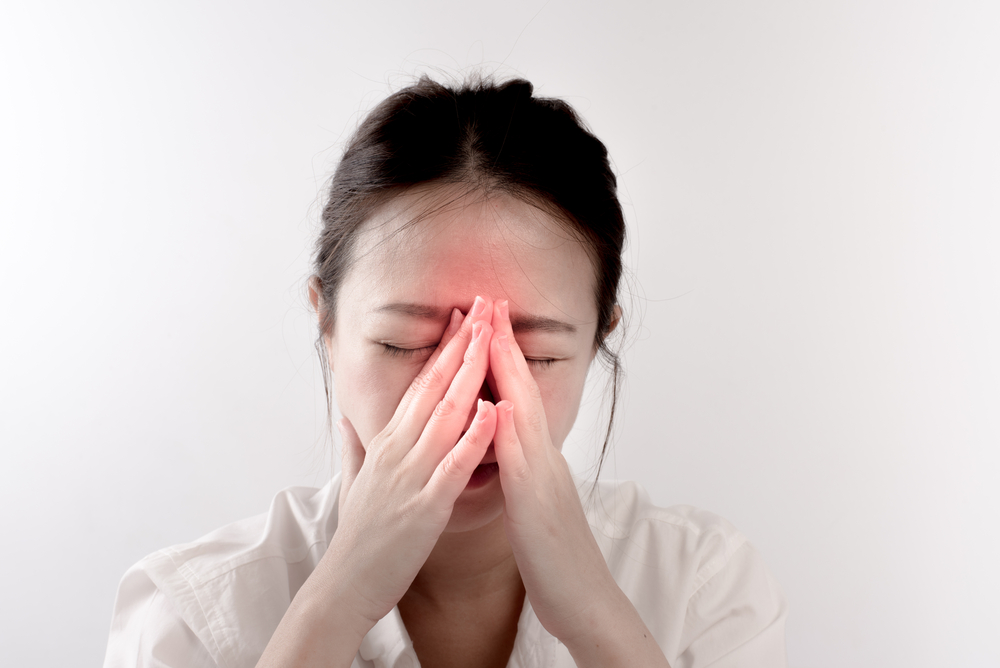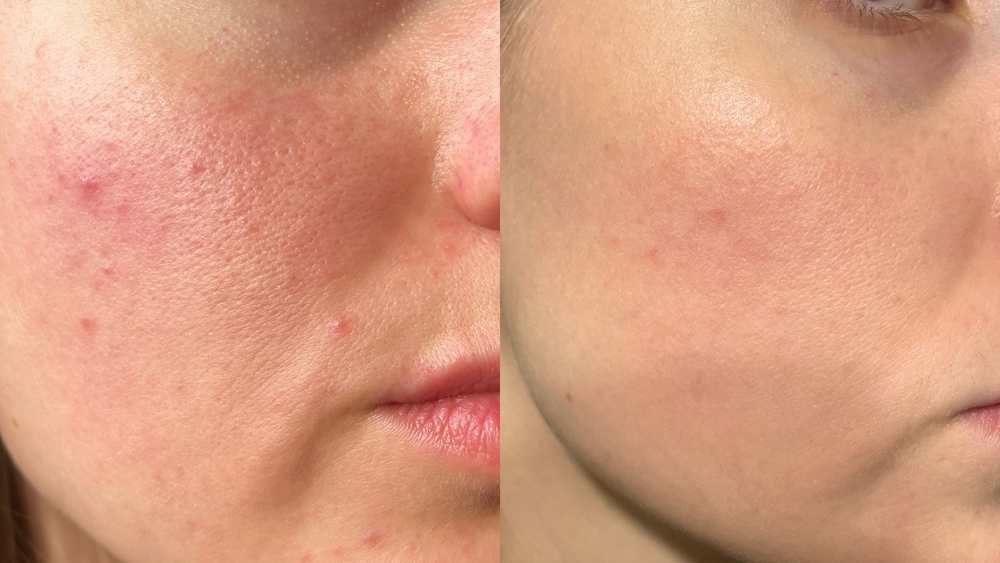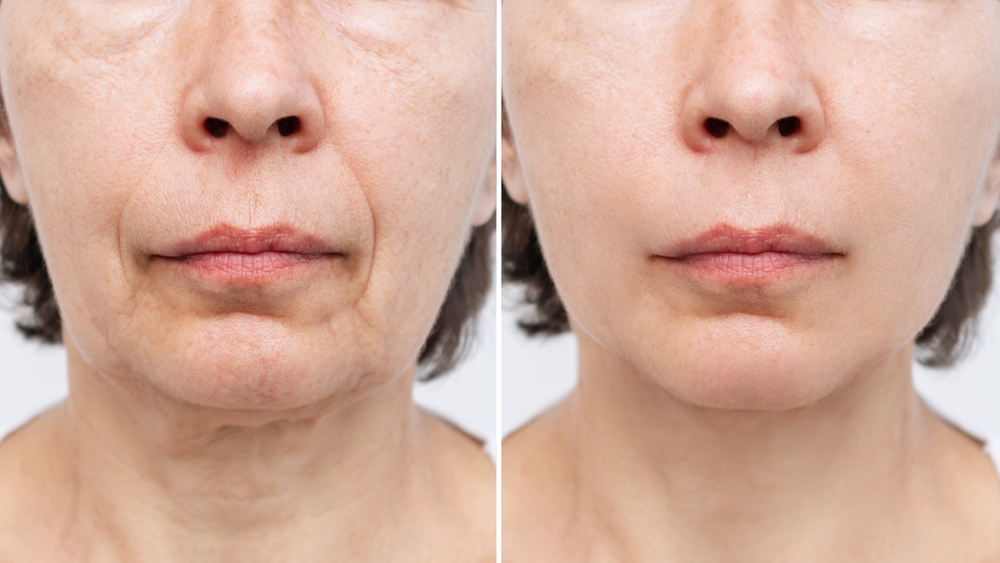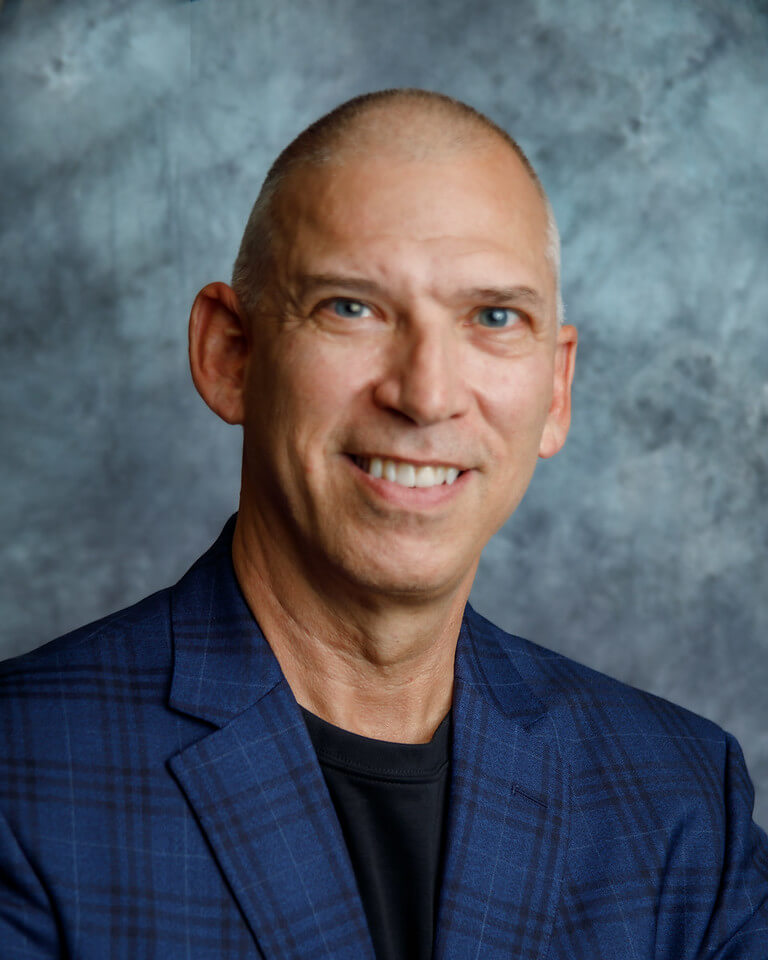Facial treatments, while often luxurious and beneficial for skin health, carry a variety of risks, including the potential to trigger the development of cold sores in individuals prone to outbreaks. Cold sores, also known as herpes simplex virus type 1 (HSV-1) infections, manifest as painful, fluid-filled blisters typically around the lips or face. Understanding the relationship between certain facial treatments and cold sore outbreaks is crucial for both skincare professionals and clients to mitigate risks and ensure the health and beauty of the skin.
Understanding Cold Sores: The Basics
Cold sores, also commonly referred to as fever blisters, are a widespread condition caused by the herpes simplex virus (HSV), primarily the HSV-1 strain, though HSV-2 can also cause them in some cases. These sores are characterized by small, painful blisters that usually appear on the lips, around the mouth, or on the face. Despite their name, cold sores are not caused by the common cold but are triggered by the herpes simplex virus, which remains in the body for life once contracted.

How Do You Get Cold Sores?
The HSV-1 virus is highly contagious and can be transmitted from person to person through close personal contact such as kissing or sharing utensils, lip balm, or razors with someone who has an active outbreak. After the initial infection, the virus travels to the nerve tissues where it lies dormant until it is reactivated by specific triggers.
Symptoms and Stages
A cold sore outbreak typically progresses through several stages:
- Tingling and Itching: Many people feel an itching, burning, or tingling sensation around their lips for a day or so before a small, hard, painful spot appears and blisters erupt.
- Blister Formation: Small fluid-filled blisters typically form along the border of the lips. These can appear individually or in clusters.
- Ulcer Stage: The blisters may merge and then burst, leaving shallow open sores that ooze and are very painful.
- Scabbing and Healing: After the sores burst, they dry up, forming a yellow or brown crust that eventually sloughs off to reveal new skin underneath.
Trigger Factors
The development of cold sores after facial treatments can be attributed to several factors:
- Physical Trauma: Aggressive exfoliation, microdermabrasion, chemical peels, and laser treatments can cause physical trauma to the skin. This trauma can awaken dormant HSV-1 viruses within nerve tissues, leading to outbreaks.
- Heat: Treatments that involve heat, such as laser therapy and steam facials, can trigger the virus. Heat increases blood flow and may weaken local immune defenses, creating an opportune environment for the virus to reactivate.
- Stress to the Skin: Any procedure that stresses the skin, even indirectly, might compromise the skin’s protective barrier and immune response, making it easier for the virus to emerge.
Preventative Measures
To prevent the onset of cold sores following facial treatments, both clients and skincare professionals can take several proactive steps:
Pre-Treatment Consultation:
Individuals should inform their esthetician or dermatologist if they have a history of cold sores. This knowledge allows the professional to adjust the treatment plan accordingly.
Antiviral Medication:
For those with a known history of cold sores, doctors may prescribe antiviral medications as a preventative measure before undergoing certain facial treatments.
Gentle Skin Care:
Opting for gentler treatments that do not overly stress the skin can reduce the risk of triggering a cold sore outbreak.
Good Aftercare:
Following a skincare treatment, practicing good aftercare by keeping the skin clean, moisturized, and protected from extreme temperatures can help minimize stress on the skin.
Stress Management:
Since emotional stress can also trigger cold sore outbreaks, engaging in stress management techniques such as meditation, yoga, or deep-breathing exercises before and after treatments may be beneficial.
Conclusion
While the risk of developing cold sores from facial treatments is a concern for individuals prone to HSV-1 outbreaks, understanding the triggers and taking preventative measures can significantly reduce the likelihood of an outbreak. It’s essential for anyone undergoing facial treatments to communicate openly with their skincare provider about their concerns, including their history of cold sores, to ensure that the right precautions are taken. With proper care and attention, the beauty and health of the skin can be maintained without the added worry of triggering an outbreak.
